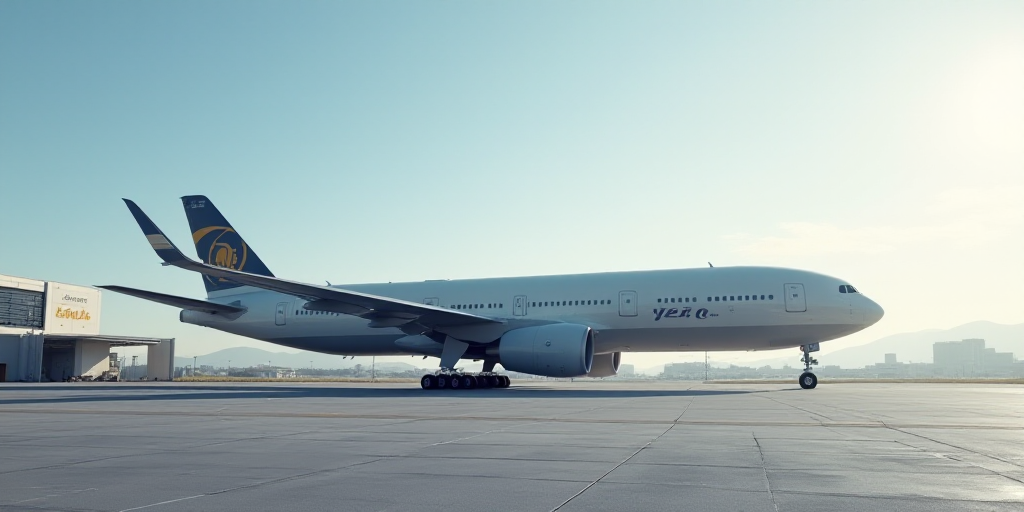Background on Boeing and its Significance
Boeing, a leading American aircraft manufacturer, has been publishing its Commercial Market Outlook (CMO) since 1961. This report, released before major aviation exhibitions in Le Bourget, France, and Farnborough, UK, provides a 20-year forecast for the commercial aviation sector. Boeing’s CMO is highly regarded and influential in shaping industry expectations and strategies.
Current Situation and Challenges
During a press briefing on Tuesday, Darren Hulst, Boeing’s vice president of Commercial Marketing, acknowledged that supply chain issues played a minor role in their slightly reduced delivery forecast for the next two decades. Hulst emphasized that restarting the supply chain post-COVID-19 pandemic has been more challenging than resuming air traffic.
- Supply Chain Shortfall: Hulst estimated that the current shortage of new aircraft ranges between 1,500 and 2,000 to meet existing demand.
- Production Capacity: Factories are expected to produce at the required pace only by the end of this decade to satisfy demand.
- Growing Demand: With order books of Boeing and its European rival Airbus fully committed until at least early next decade, the deficit continues to grow.
Market Outlook and Trends
Boeing predicts that 43,600 aircraft will be manufactured by 2044, with 21,100 replacing existing aircraft and the remaining 22,500 catering to growing passenger and cargo traffic. Half of this growth is expected from China and Southeast Asia.
- Fleet Composition: Approximately 72% of the fleet will consist of single-aisle aircraft (66% by 2024), driven by increased national and regional flight growth in emerging markets (+5%) compared to developed ones (+3%).
- Route Growth: Routes between emerging markets are expected to grow faster (+6%) than those connecting emerging and developed markets (+3%) or within developed markets (+2%).
- Market Parity: By 2044, emerging and developed markets will have nearly equal sizes, with the sector becoming increasingly competitive.
Airline Industry Consolidation and Market Shifts
In 2000, the top 10 airlines accounted for 45% of global capacity. By 2025, this figure is projected to drop to just 30%, primarily due to the rise of Middle Eastern airlines capturing a significant market share.
Historical Perspective
Over the past 25 years, passenger traffic has tripled while the fleet has doubled. Boeing forecasts an annual growth rate of 4.2% until 2044.
Aviation’s Economic Impact
The aviation sector contributes $4 trillion to the global economy, supports 87 million jobs, and transports 33% of goods’ value. However, it only carries 1% of the total volume.






